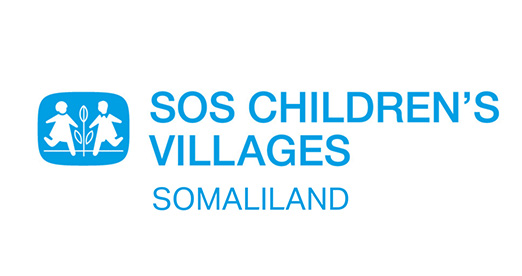Hermann Gmeiner, an Austrian native, founded the first SOS Children’s Villages association in Austria in 1949 in the aftermath of the Second World War. His aim was to provide orphaned and abandoned children with a loving family, home and community in which to grow. The first SOS Children’s Village was built in Imst in the Austrian province of Tyrol the same year. The very first house in the village was named ‘House of Peace’.
More about the history of the organisation and Hermann Gmeiner.
‘SOS’ stands for Societas Socialis. In 1949, Hermann Gmeiner and his supporters founded the Societas Socialis, a social club with the goal of raising funds for the care of orphaned children in Austria. A year later, the name was changed to SOS Children’s Villages.
To Hermann Gmeiner and his supporters, ‘SOS’ meant a socially responsible society. They believed that every child deserves a mother, as well as brothers and sisters, a home and a supportive community environment.
‘SOS Children’s Villages’ is the English name of the entire organisation, which is active in 135 countries and territories through national associations.
SOS Children’s Villages International is the name of the umbrella organisation of all SOS Children’s Villages associations. It was founded in 1960. As the umbrella organisation has been registered as an association with the Austrian authorities, the legal name used is ‘SOS-Kinderdorf International’ – German for ‘SOS Children’s Village International’.
A short version of the audit report of the legal entity registered with the Austrian authorities is available here.
Financial information on the whole federation can be found in our Annual Report.
SOS Children’s Villages International supports the national associations in their activities and tracks the overall impact of the organisation. The headquarters are in Innsbruck and Vienna, Austria. It is supported by six regional offices as well as representatives in Brussels, Geneva, and New York.
All SOS Children’s Villages associations are registered in their individual countries and are bound by national laws. They have their own local boards and are responsible for the organisation’s activities in each respective country.
Every SOS Children’s Village provides quality alternative care in a family environment and stability to children who have lost their parents or can no longer live with them. Four to ten boys and girls of different ages live together with their SOS parent(s) in a family house, and a village community tends to be made up of around eight to fifteen SOS Children’s Village families.
In some locations, SOS families live side by side with neighbours from their communities. The children receive the same quality care as in other SOS Children’s Villages, but the SOS families are integrated in the wider communities. The children and young people in SOS Children’s Villages care attend schools and other facilities in the local community.
At SOS Children’s Villages, children are supported in their individual development, education and health.
Find out more about SOS family care
Every effort is made to ensure that the children placed in an SOS family are those who are going to benefit most from its care. Only children who need a new, permanent home in a family environment and for whom a more suitable care placement cannot be found are considered for admission into an SOS family. Generally speaking, children up to the age of ten can be admitted. However, when a group of siblings is admitted, group members’ ages may vary.
